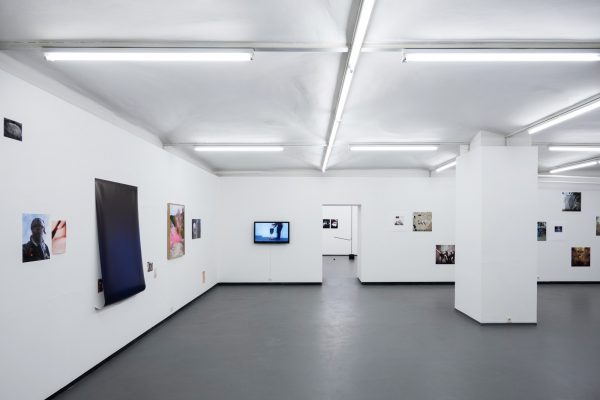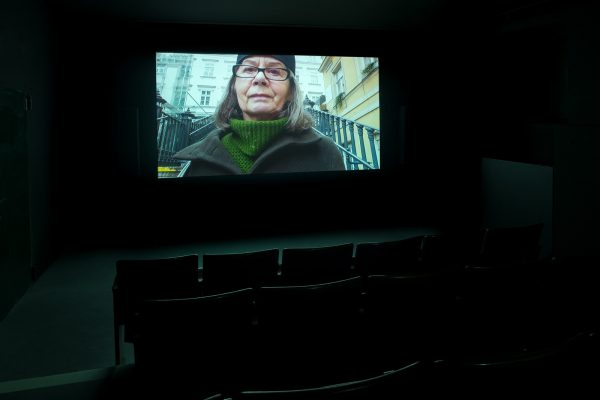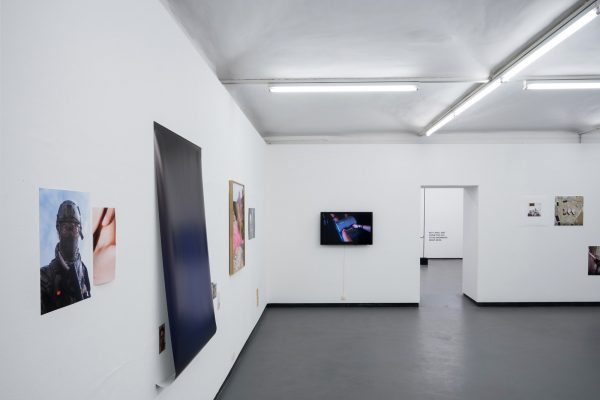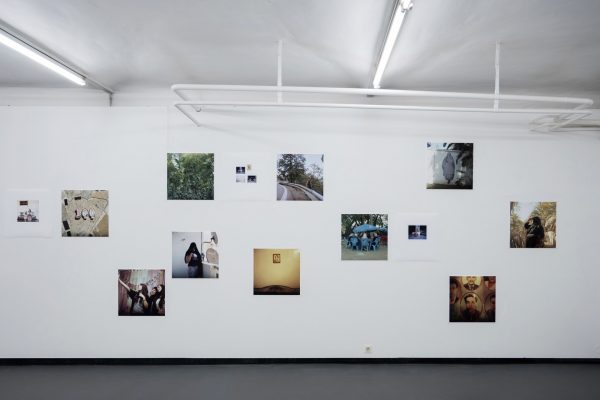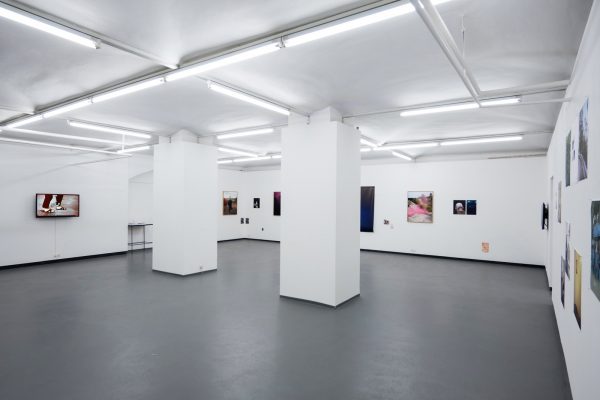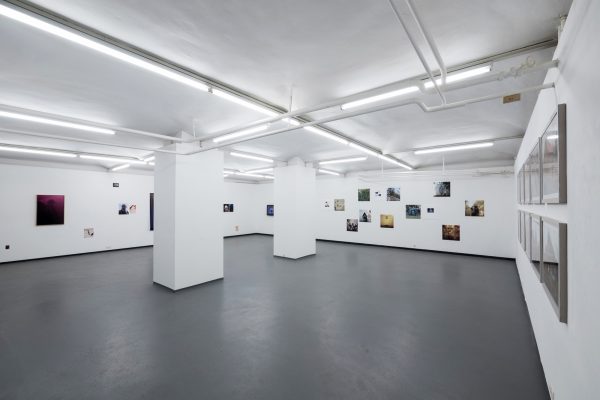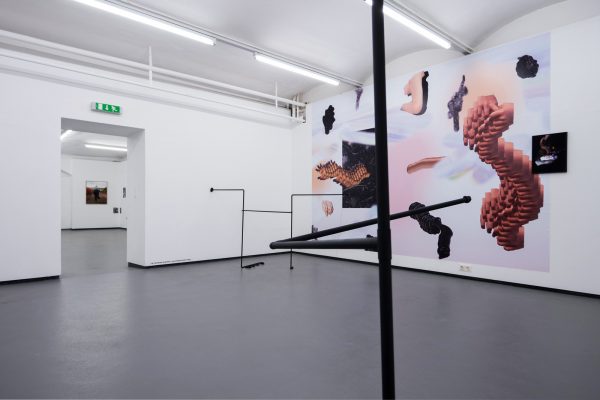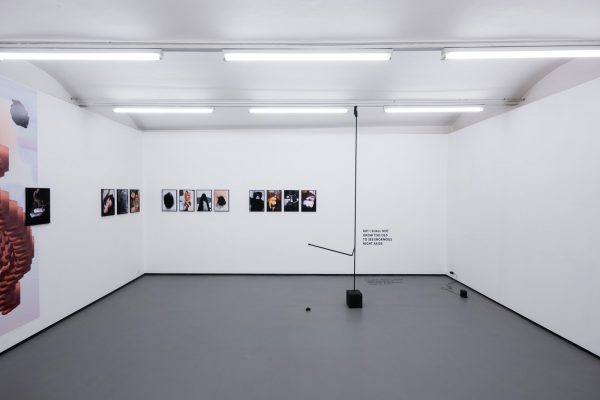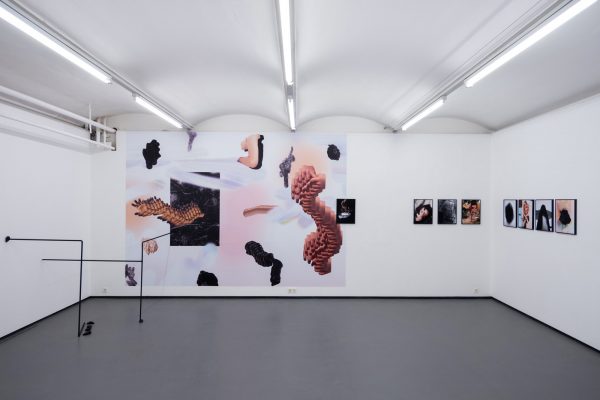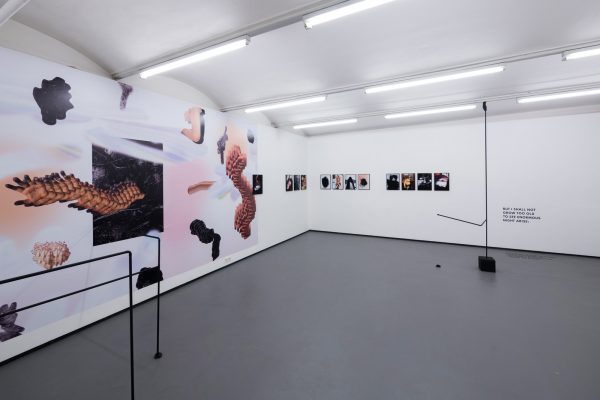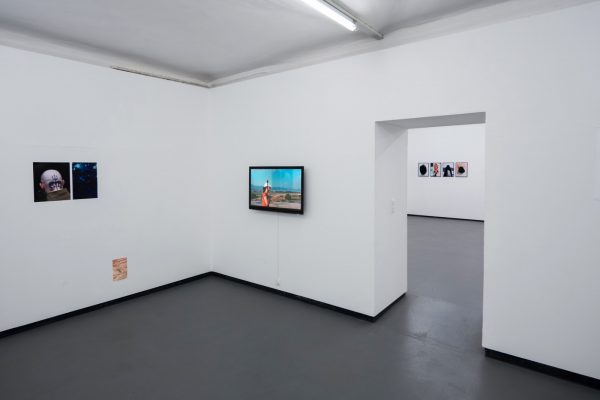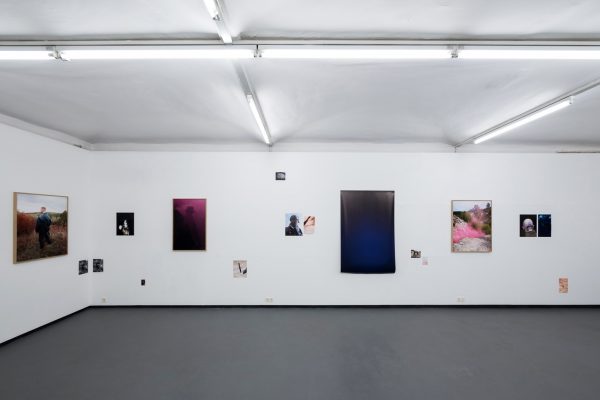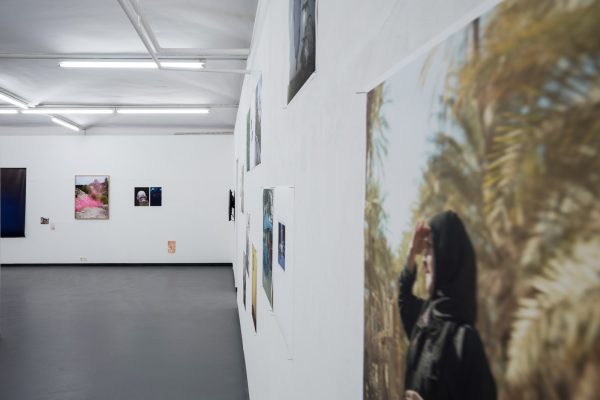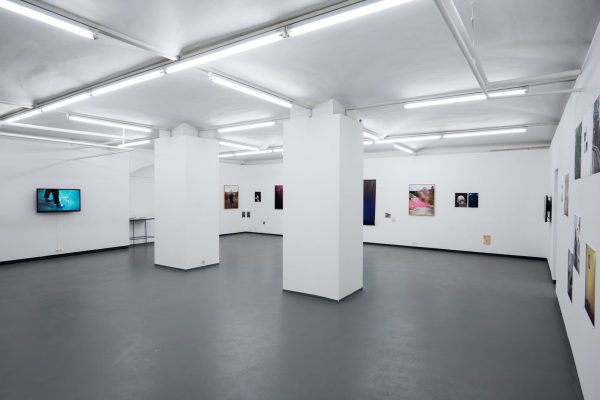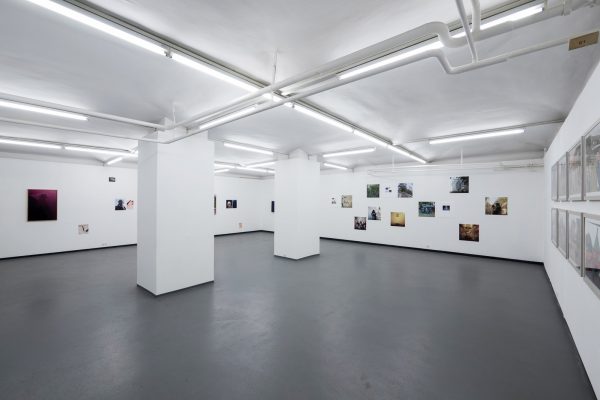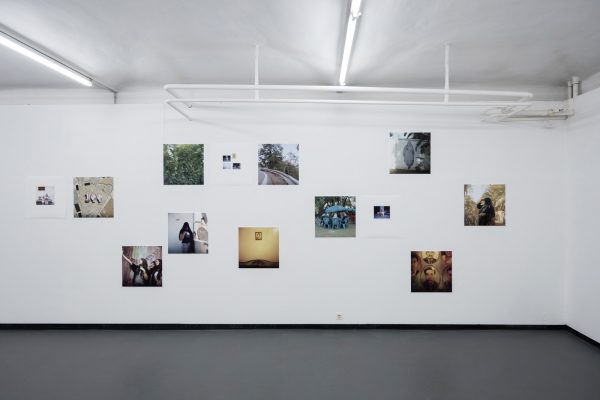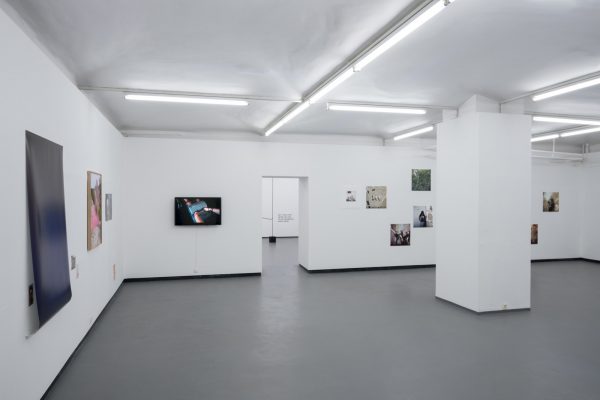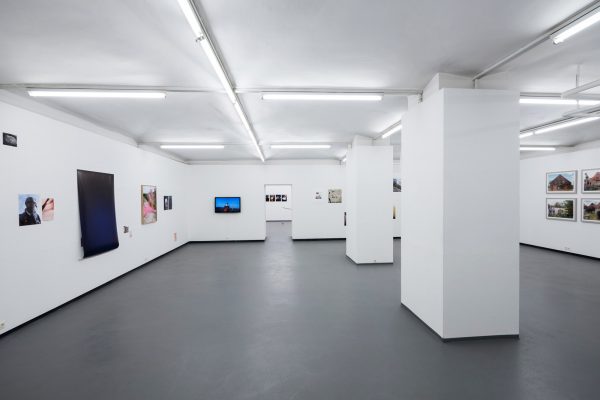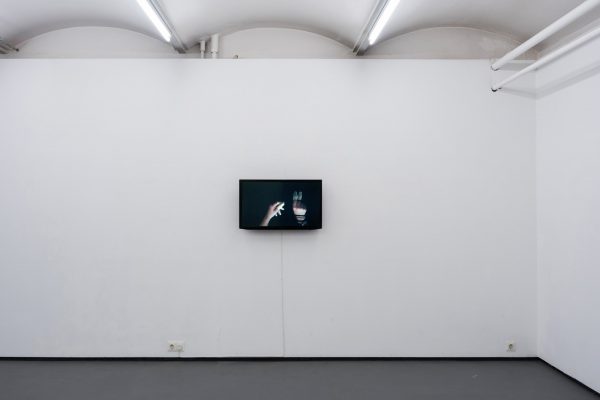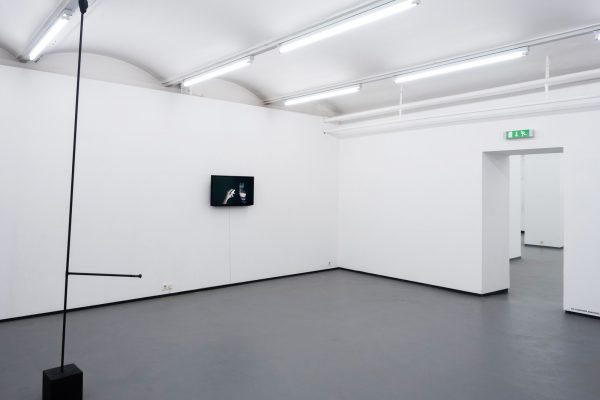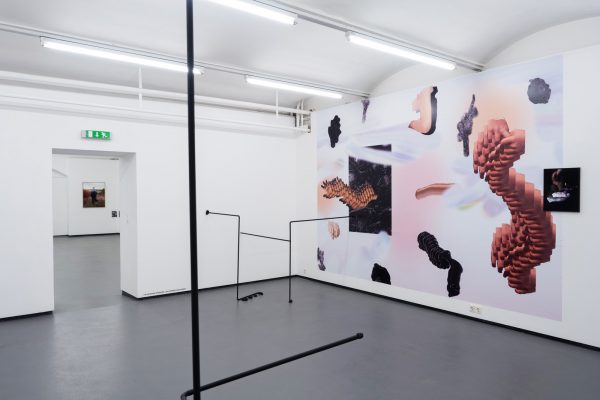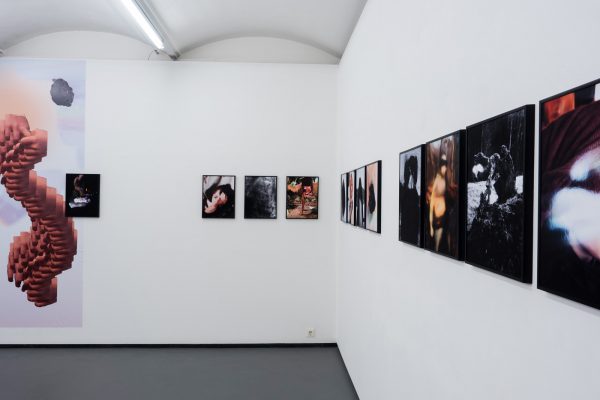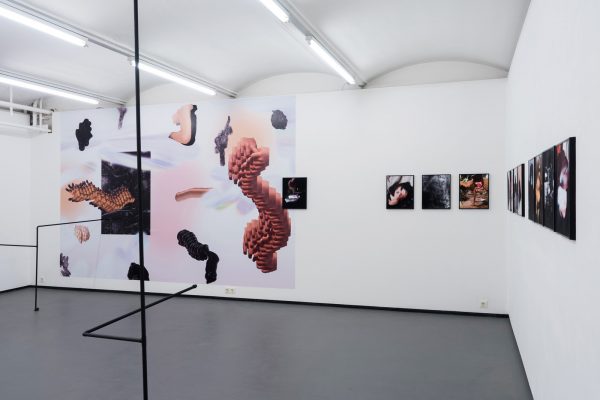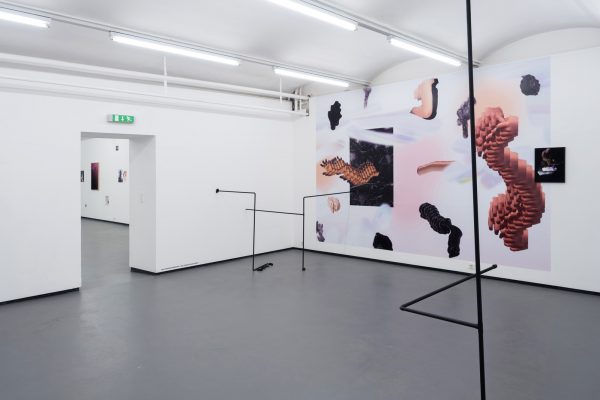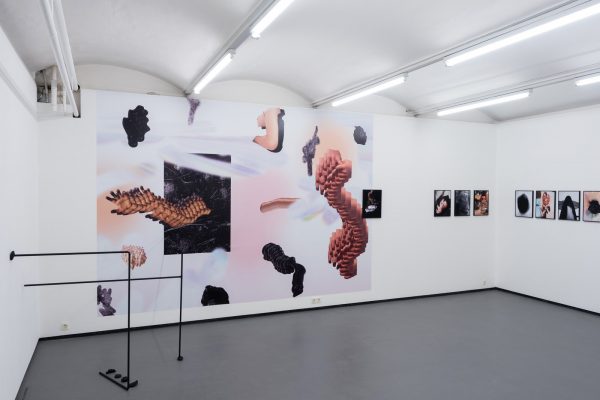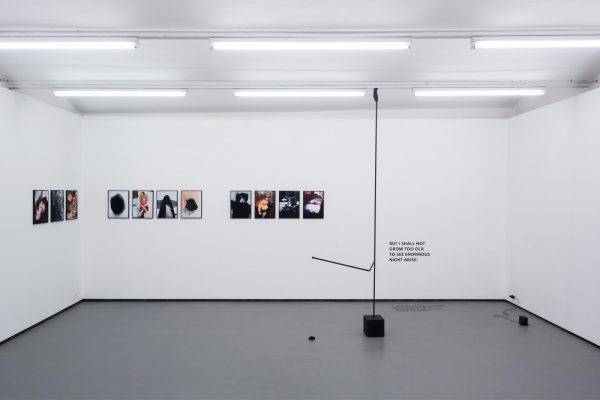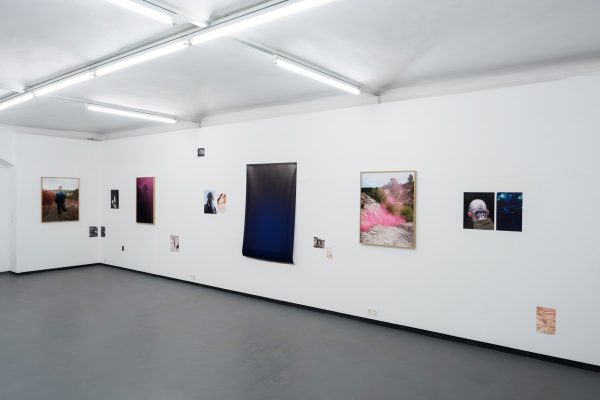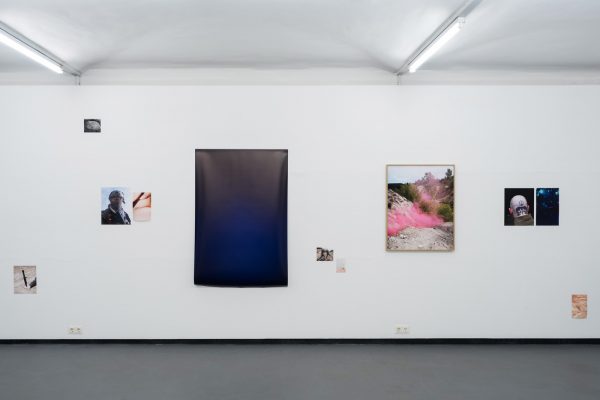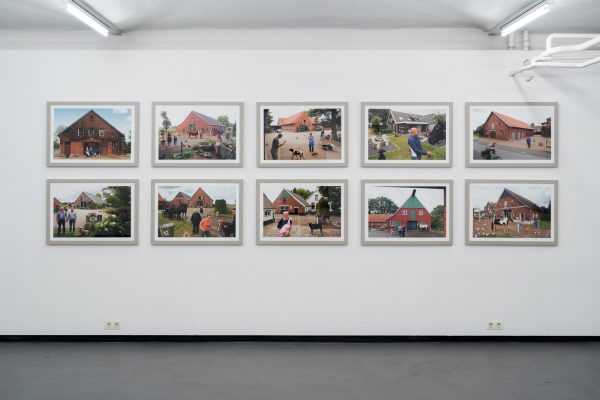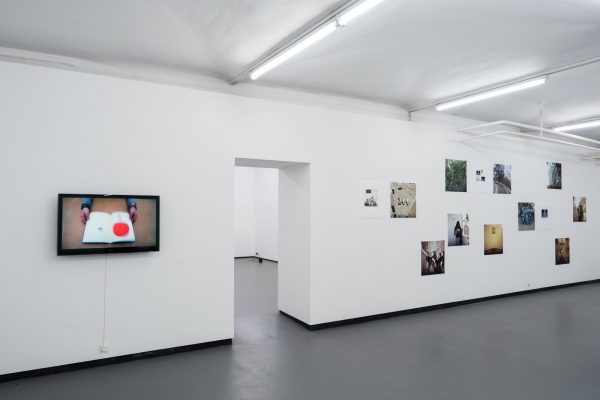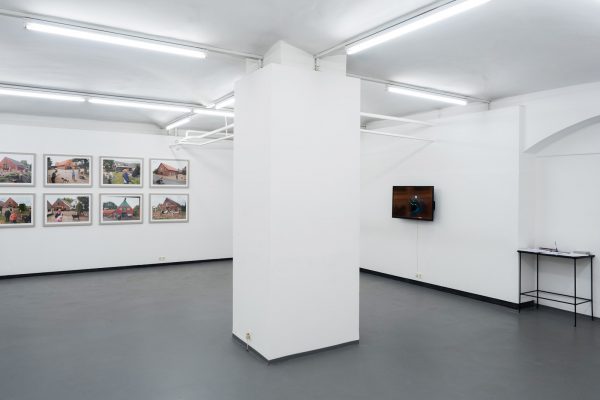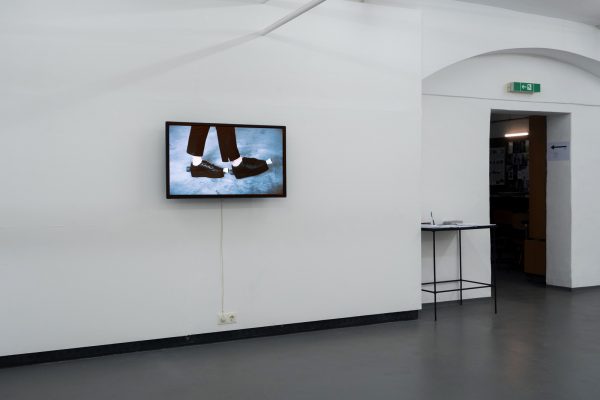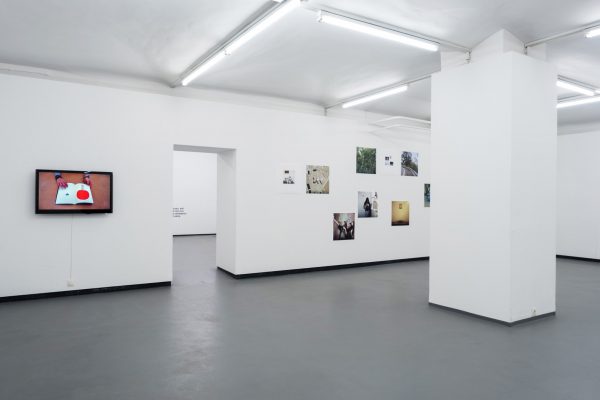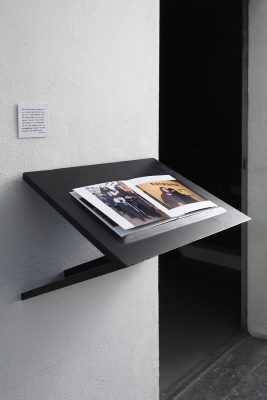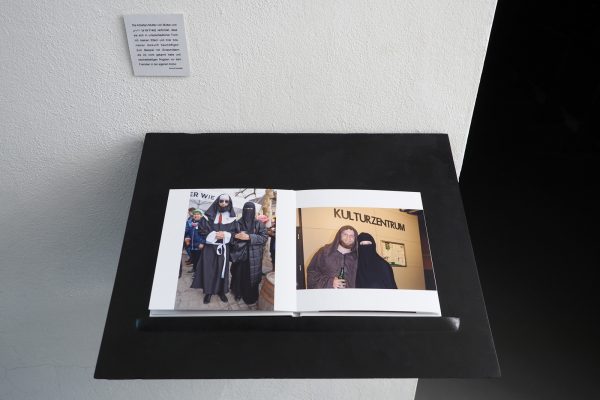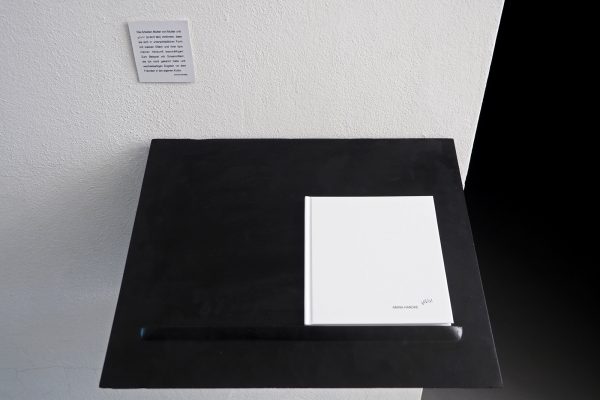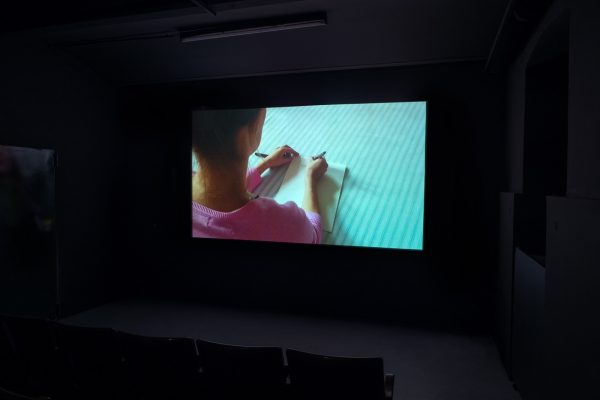Opening: Monday, 23 April, 7 p.m
Introduction: Petra Noll-Hammerstiel
sponsored by: BKA Österreich; MA7-Kultur; Cyberlab
thanks sto: sixpack film
The artists represented in the Human exhibition are interested in observing and analysing the subject, its associated community and superordinate social constructions. The concern is an engagement with identity or personality structure whether in connection with ethnic and geographical affiliation, class, culture, history or prescribed role images. On the one hand, the point of departure is society and its effects and influences on the lives and personalities of its members. On the other, there are the artists with their individual biographies who examine their direct surroundings, usually with an empathetic approach and in the process also address their own fears, vulnerabilities and insecurities as well as the need for closeness and happiness. At times intimate glimpses into private aspects of life, personal histories, memorial work memory/reminiscence and life situations are made possible. Other artists offer unusual ways of seeing reality through humorous or bizarre narratives as well as staged performances or role games that are situated between authenticity and fiction. These underline the absurdity of everyday life and thus of human existence.
Linda Bournane Engelberth’s series, Wind, Sand and Stars, is a photographic work-in-progress project in which the artist searches for her own family roots. She grew up in Norway with her Norwegian mother and did not get to know her Algerian father or his family for a long time. It was only as an adult that she first visited him and her wider family in Algeria. When her Berber grandmother celebrated her 100th birthday, she wrote her a letter asking her not to forget her father’s homeland. For Bournane Engelberth this project is an attempt as a Western-oriented woman to trace her identity by examining the foreignness that comprises half of her bloodline. While trying to find connections she walked through the streets of Algiers as a foreigner with the feeling of being an outsider. She documented everything – from the city to the lives of her relatives. She was interested in every detail of Algiers: traffic signs in Arabic, a cactus growing through a fence, the people in the streets – her first steps in a culture to which she feels drawn, as her own, but in which she still remains a foreigner.
Amina Handke is showing the short film, Mutter von Mutter [Mother from Mother] (2015). For the work she asked her mother, an actor, to play her own mother – Amina Handke’s grandmother whom she rarely knew . But her mother actually remembers very little. The film deals with the fragmentary memories and brittle relationships of three generations that have been defined by absences and separations. It imparts a sense of the effects of war – those of ideologies and conventions regarding the preconceived roles of women and mothers and how these preconceptions are passed or reflected on. Supplementary to this Handke is showing a series of 22 photos, اداباي [aˑdaˑbˆæɛ] as a photo book (2017). For this project she went to a carnival event in Griffen (Carinthia) – her father’s home town – veiled in a niqab. In among the equally disguised carnival fools she points up the issues around the linkages between sartorial rules and conventions, adaptation and role models, the foreign and the familiar – especially in one’s own ‘cultural background’.
Roland Icking’s work-in-progress photo series, FACadE, initiated in 2014, shows people and their animals on farms in his home region, the German-Netherlands border area around Borken and the Achterhoek. Since his childhood Icking has seen abstract faces in the typical cow stall facades of the area. For him their expression symbolises the former country life – hard and determined by coercive social norms – which he was lucky to escape in order to become an artist. Initially the project was conceived of as architectural photography but he soon began to incorporate people and animals. These were separately photographed and brought together in the computer in front of the corresponding facades with a face. The stagings have a surreal effect, sometimes they are absurd but they also allow associations with children´s first drawings showing mum, dad, child, dog, house, tree, etc. It’s a homage to his home region resonating of humour but also of concerns about the changes in farming, the gradual disappearance of types of regional architecture and the livelihood of those who live there.
In his photo series, Men don’t play / Men do play, Simon Lehner is concerned with a very personal involvement with male identity. Taking the example of men who play war games in their free time Lehner examines men’s fundamental need that has existed since the beginning of human history to compete with their fellow species so as to prove who is the strongest and most masculine. In a real life combat game with compressed air weapons and artificial corpses but with real tactics, uniforms, armaments and authentic military language, these leisure-time soldiers are heroes, strong, powerful, fearless – good guys who fight the terrorists. Nevertheless, under the surface of the hard action one can feel vulnerability, exhaustion and fear. In this series the extreme living out of such needs is examined and questioned and in the process Lehner also documents his own feelings and confrontations in the form of self-portraits – in search of his own inner balance between masculinity and femininity.
The photo series, The Fear Theories, by Christiane Peschek is a portrait of childish fear, a nine-year-long attempt to understand the mechanisms and stigmata of the fears her growing son has of his own existence. It is a labyrinth of irrationality but even more it is a reflection on the effect that photography has on our perception. It is the inherent potential of the imagination. Her work is research and practice, recollection and construction – a continuous appropriation, a never-ending process. Starting out from the necessity of understanding the fears of a small boy, The Fear Theories opens up a much wider discourse about the fear of one’s own mortality and the search for protection (safety). The instant before falling asleep, when a child struggles against a conglomeration of thoughts, is a hyper-reality, an interstitial world between visual after-images and the pure power of of a child´s imagination – a world that is as real as photography.
For her performance videos Anna Vasof builds everyday objects into mechanical constructions that are both inventive and time consuming, thus generating humorous, poetic but also Kafkaesque situations. Vasof is interested in experimenting with the mechanisms of movement and time-based art. Her Non-Stop-Stop-Motion-Films such as the Trilogy of Leaving redefine an expanded contemporary cinema and engage in the poetic mechanics of the persistence of vision. Her works with everyday objects such as Down to Earth and Things and Wonders 2022 are concerned with social contradictions and show the familiar world from a different point of view.
Petra Noll-Hammerstiel, for the collective
______________________________________
INFORMATION
Renate Bertlman will be the first Austrian female artist to be represented with a solo show at the Austrian Pavilion at the 2019 Venice Biennale.
We are delighted and would like to express our warmest congratulations!
Renate Bertlmann at Fotogalerie Wien / art exchange Fotogalerie Wien:
1983 Neue Fotografie aus Wien
1985 Wiener Fotografie – Subjektives
1994 Der Molussische Torso (Projekt: Palme/ Richtex)
2002 Werkschau VII: Renate Bertlmann – Arbeiten von 1976–2002
2003 Austrian Photography – Correlations:
Northern Photographic Centre, Oulu und Peri,Centre of Photography, Turku, Finnland
2008 Themenschwerpunkt Liebe, Teil III – Scheitern
2008 Werkschau XIII: Intakt – die Pionierinnen
